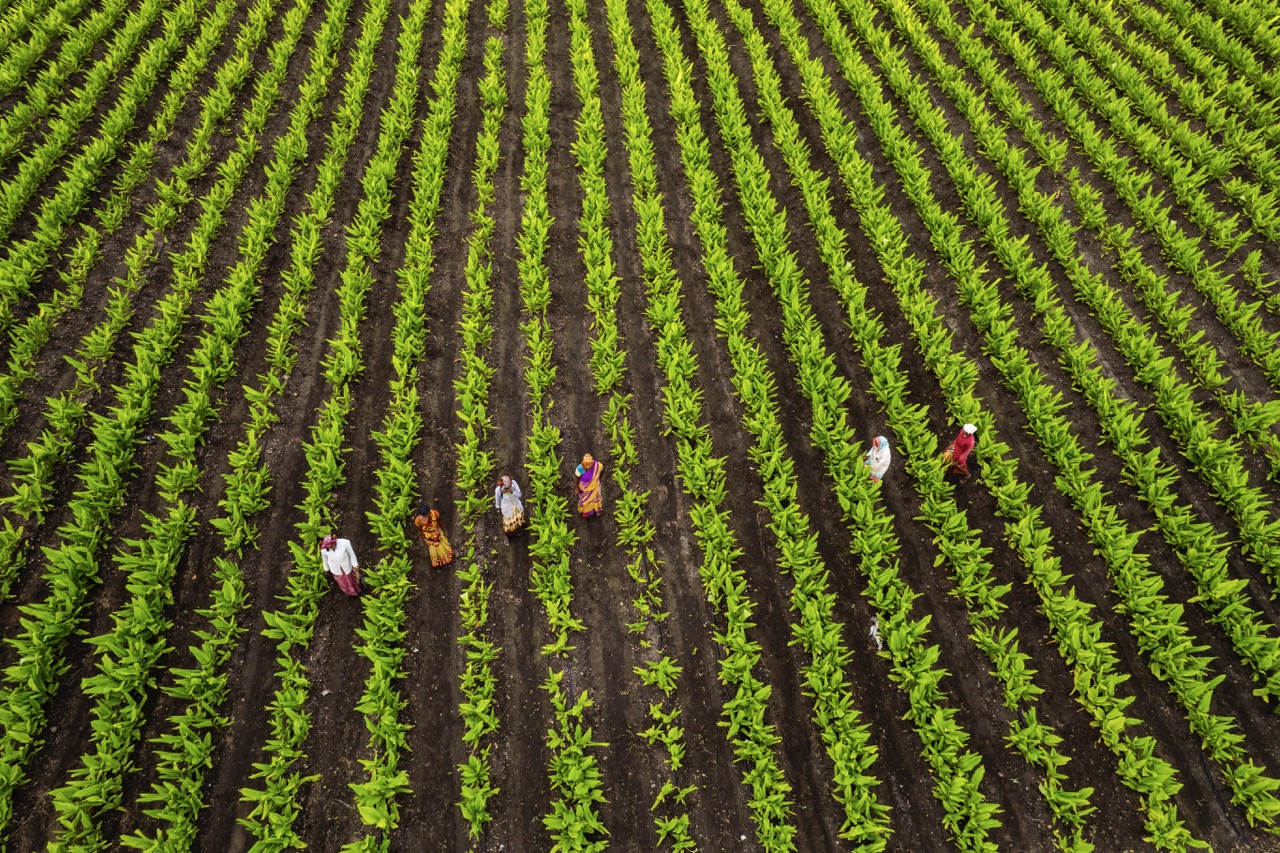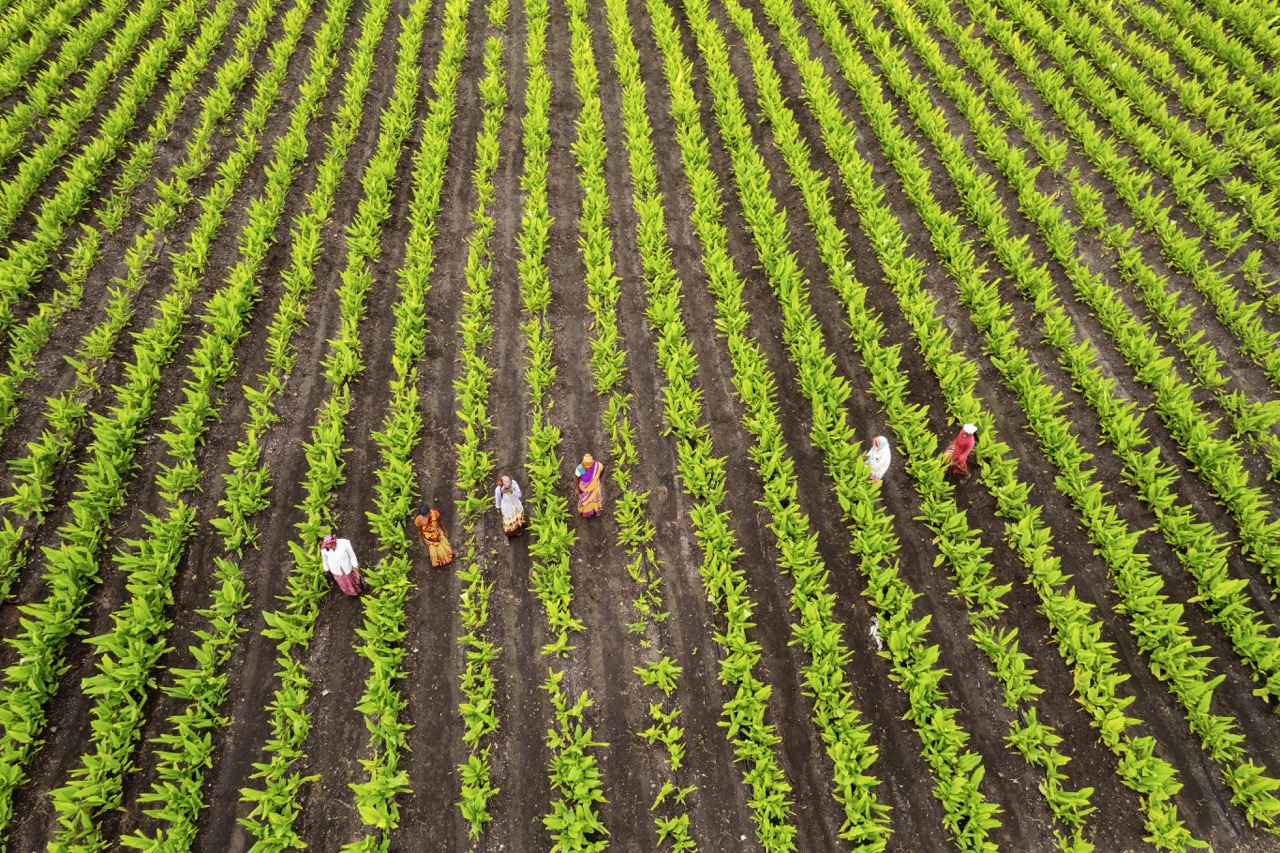In an ever-evolving agricultural landscape, farmers are constantly seeking innovative ways to enhance productivity and profitability. One strategy that has gained significant attention is crop diversity. This approach not only enriches the ecosystem but also offers a multitude of financial and operational benefits for farmers. By exploring the advantages of cultivating a variety of crops, we can better understand how this practice can lead to improved farm profitability and sustainability.
Exploring Crop Diversity: A Key to Enhanced Farm Profitability
Crop diversity refers to the cultivation of multiple crop species or varieties on a single farm or within a specific geographic area. This practice can lead to increased overall farm productivity by maximizing the use of available resources such as land, water, and nutrients. By integrating different crops, farmers can create more complex ecosystems that optimize the use of sunlight and soil, ultimately resulting in higher yields.
Additionally, diverse cropping systems can reduce the reliance on synthetic inputs like fertilizers and pesticides. When farmers mix compatible crops, they can naturally suppress pests and diseases, leading to a healthier crop environment. This reduces the need for chemical interventions, further lowering operational costs and aligning with consumer demand for more sustainably produced food.
Furthermore, crop diversity can open up new marketing opportunities. Farmers who grow a variety of crops can target different markets and cater to diverse consumer preferences. This adaptability not only allows farmers to respond to market changes but also creates a buffer against price fluctuations for specific crops, enhancing overall farm income.
How Diverse Crops Mitigate Risks and Boost Resilience
One of the most significant benefits of crop diversity is its ability to mitigate agricultural risks. Monoculture—growing a single crop over vast areas—leaves farmers vulnerable to crop failures due to pests, diseases, or adverse weather conditions. By diversifying their crops, farmers can ensure that even if one crop fails, others may thrive, providing a safety net for their overall income.
Diverse cropping systems also enhance soil health and biodiversity. Different crops contribute to soil fertility in varying ways, promoting a balance of nutrients and reducing soil erosion. Healthier soils lead to more resilient ecosystems, which are better able to withstand extreme weather events—whether drought, flooding, or temperature fluctuations. This resilience is crucial as climate change continues to pose challenges to traditional farming practices.
Moreover, crop diversity can enhance pollination and natural pest control. By planting a variety of flowering plants, farmers can attract beneficial insects that help pollinate crops and manage pest populations. This natural balance further reduces the dependency on chemical inputs, creating a more sustainable farming system that is less susceptible to unforeseen challenges.
Financial Gains: The Economic Case for Crop Diversity
The economic implications of crop diversity are compelling. Diversified farms can often achieve higher revenues by accessing a broader range of markets. For instance, farmers growing specialty crops alongside traditional staples can tap into niche markets, allowing them to command higher prices and achieve better profit margins. This diversification enables farmers to hedge against market volatility.
Additionally, the reduced need for chemical inputs and fertilizers can lead to significant cost savings. A diverse cropping system can lower the overall expenditure on agricultural inputs, which is particularly beneficial for small to mid-sized farms operating on tight margins. As a result, these farmers can redirect funds into other areas of their operations, such as improving equipment or investing in technology.
Finally, the economic benefits of crop diversity extend beyond individual farms. A diverse agricultural landscape contributes to local economies by fostering job creation in various sectors, from food processing to retail. As farmers adopt diverse cropping practices, they not only enhance their own profitability but also stimulate economic growth in their communities.
Sustainable Practices: Long-Term Benefits for Farmers Today
Incorporating crop diversity into farming practices aligns with the principles of sustainable agriculture. This approach promotes environmental stewardship by reducing the negative impacts of farming on ecosystems. Healthier soils, improved water management, and increased biodiversity are all critical components of sustainable farming that ultimately support long-term productivity.
Moreover, crop diversity can enhance a farm’s adaptability to changing climate conditions. As farmers face increasingly unpredictable weather patterns and environmental challenges, the ability to grow a range of crops offers a strategic advantage. This adaptability not only secures the farmer’s livelihood but also contributes to global food security by ensuring a stable and varied food supply.
Farmers who commit to sustainable and diverse practices also position themselves favorably in the market. Consumers are increasingly aware of and concerned about food sources and production methods. By adopting crop diversity, farmers can enhance their brand’s reputation, appealing to environmentally conscious consumers and potentially commanding premium prices for their products.
In conclusion, crop diversity emerges as a vital strategy for enhancing farm profitability and sustainability. By mitigating risks, allowing for financial gains, and promoting long-term ecological health, diverse cropping systems not only benefit individual farmers but also contribute to the broader agricultural landscape. As the challenges of climate change and market volatility continue to loom, embracing crop diversity may well be the key to a resilient and prosperous future for farming communities worldwide.










